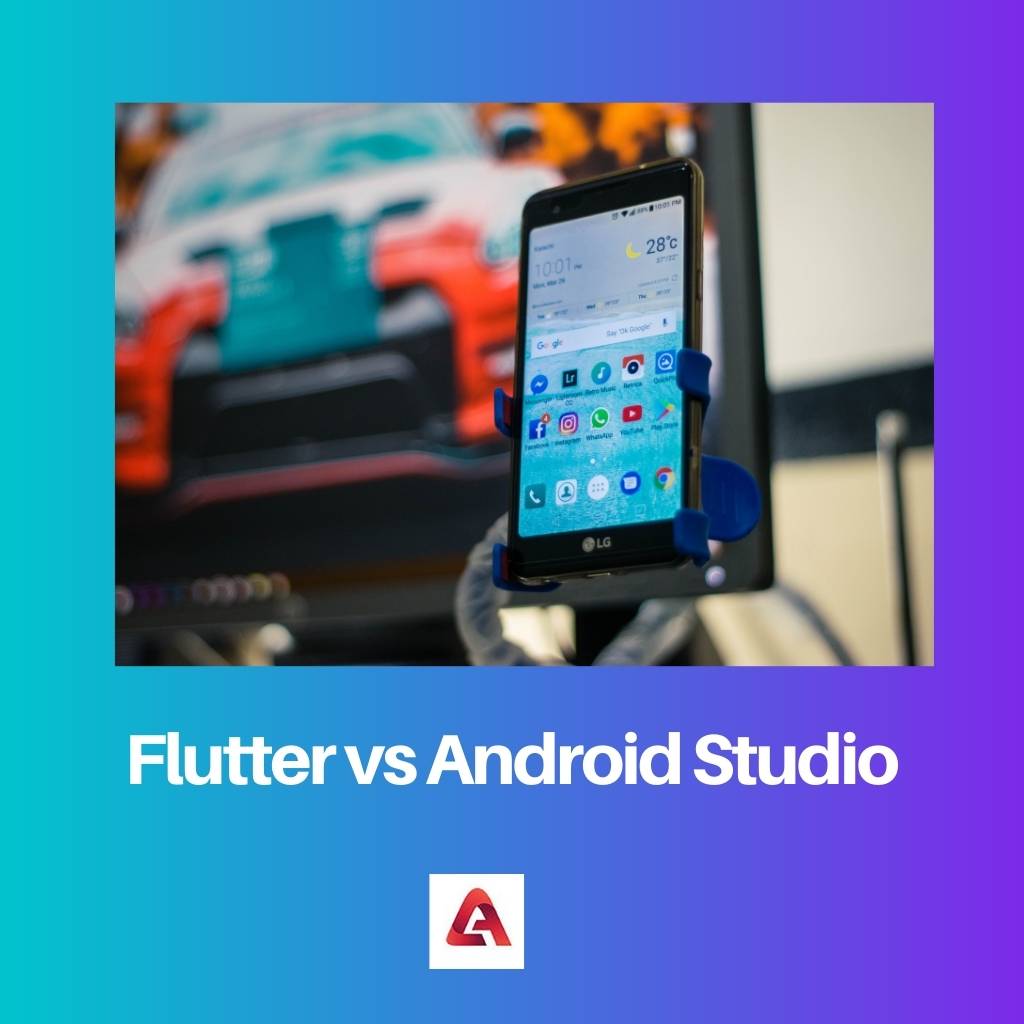The Android studio belongs to the category of tech stack of “Integrated Development Environment.” It is totally a new Android development and totally environment-based.
Flutter has its own different classification, and that is “Cross-Platform Mobile Development”. Flutter is basically a mobile app SDK that is developed to help developers and designers as well.
Key Takeaways
- Flutter is a UI framework for building apps. Android Studio is an IDE for Android app development.
- Flutter allows for cross-platform development. Android Studio is limited to the Android platform.
- Both tools are open-source and supported by Google.
Flutter vs Android Studio
Flutter is an open-source, cross-platform mobile development SDK (Software Development Kit) by Google used to build natively compiled, multi-platform applications from a single codebase. Android Studio is an Integrated Development Environment (IDE) providing a unified environment for Android app development.

Flutter is basically a mobile app SDK that is developed to help developers and designers as well to build mobile apps that have modern models for both iOS and Android.
Android Studio belongs to the category of tech stack of “Integrated Development Environment”. “Android developments environment based on IntelliJ IDEA” is something that developers describe android studio as.
Comparison Table
| Parameters of Comparison | Flutter | Android Studio |
|---|---|---|
| What are they? | Flutter is basically a mobile app SDK. | Android Studio provides new features along with improvement ideas over the eclipse known as ADT. |
| Classifications | Flutter has its own different classification, and that is “Cross-Platform Mobile Development”. | Android studio belongs to the category of tech stack of “Integrated Development Environment”. |
| Uses | Flutter gives access to the native features of and other SDKs as it allows you to use or even reuse your previous javascript, swift, and object code too. | Android studio gives a very flexible and easy to use Gradle-based system that is already built. |
| Built for | It is built to help developers and designers as well to build mobile apps that have a modern model for both iOS and Android. | It is built with variants along with multiple APK variations of generations in it. It also has an expanded template that is supported for Google services and various types of devices. |
| Feature | It has fast development of the apps. It has a feature of hot reload, which enables you to easily and quickly experiment and fix all the bugs, if there is any. | It also has an expanded template that is supported for Google services and various types of devices. |
What is Flutter?
Flutter is basically a mobile app SDK that is developed to help developers and designers as well to build mobile apps that have a modern model for both iOS and Android.
Some of the features that Flutter provides are- fast development of the apps, it has a feature of hot reload, which enables you to easily and quickly experiment and fix all the bugs if there are any.

What is Android Studio?
Android Studio belongs to the category of tech stack of “Integrated Development Environment.” “Android developments environment based on IntelliJ IDEA” is something that developers describe android studio as.
Some of the features that Android Studio provides are- it gives a very flexible and easy-to-use Gradle-based system that is already built.

Main Differences Between Flutter and Android Studio
- Flutter is built to help developers and designers as well to build mobile apps that have a modern model for both iOS and Android, while Android Studio is built with variants along with multiple APK variations of generations in it.
- Flutter has fast development of the apps, and it has a feature of hot reload, which enables you to easily and quickly experiment and fix all the bugs if there are any Android Studio has an expanded template that is supported for Google services and various types of devices.


